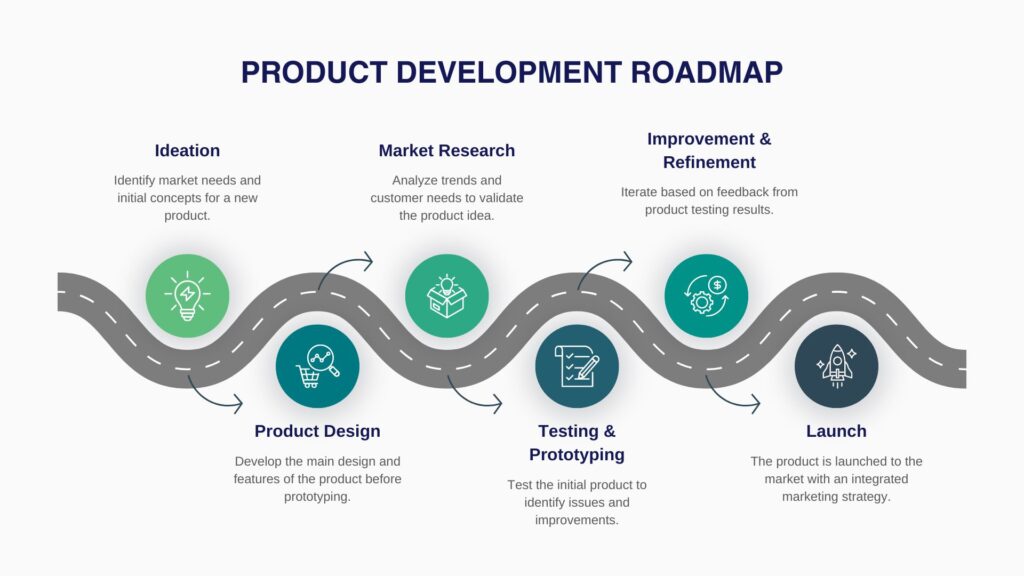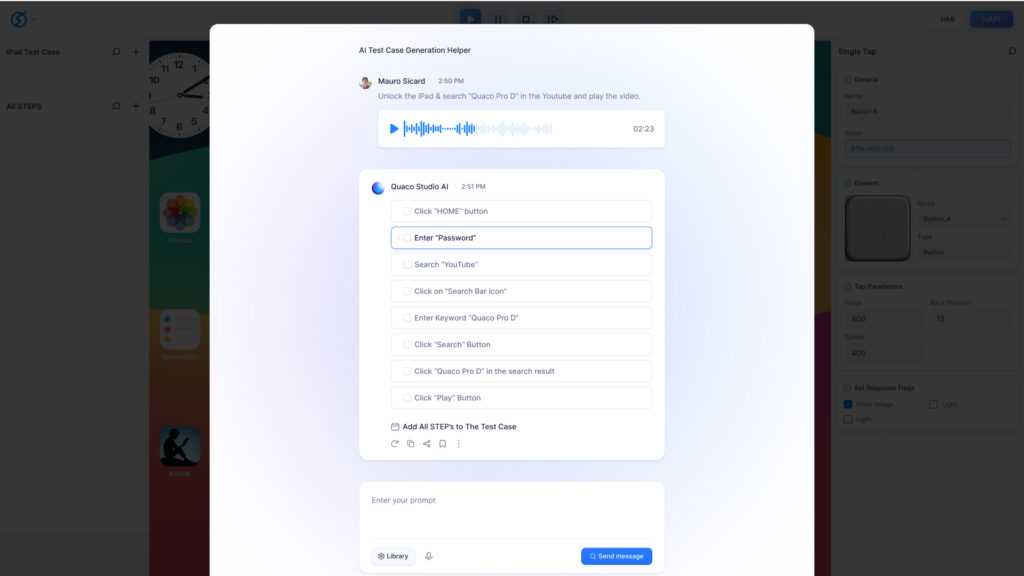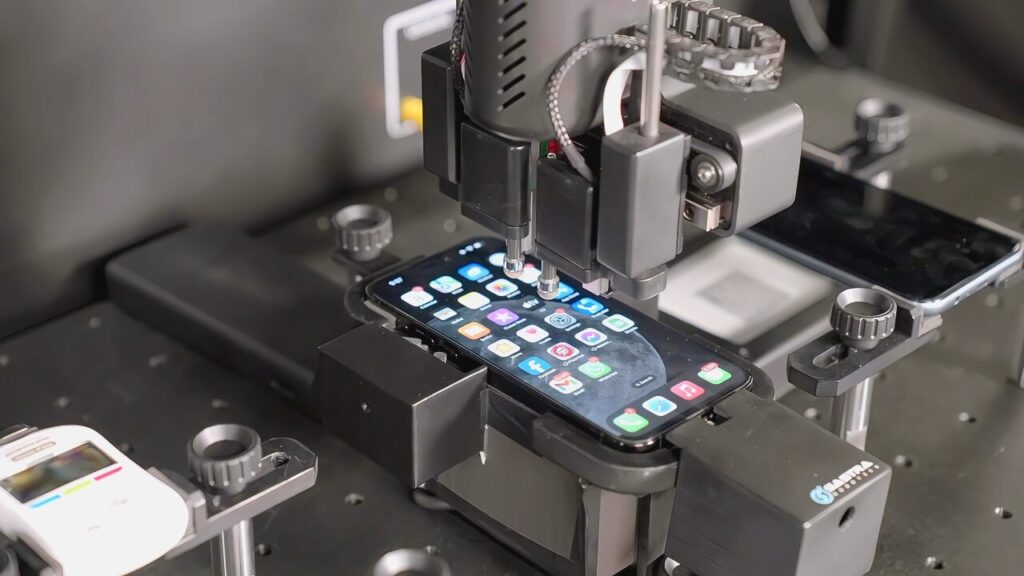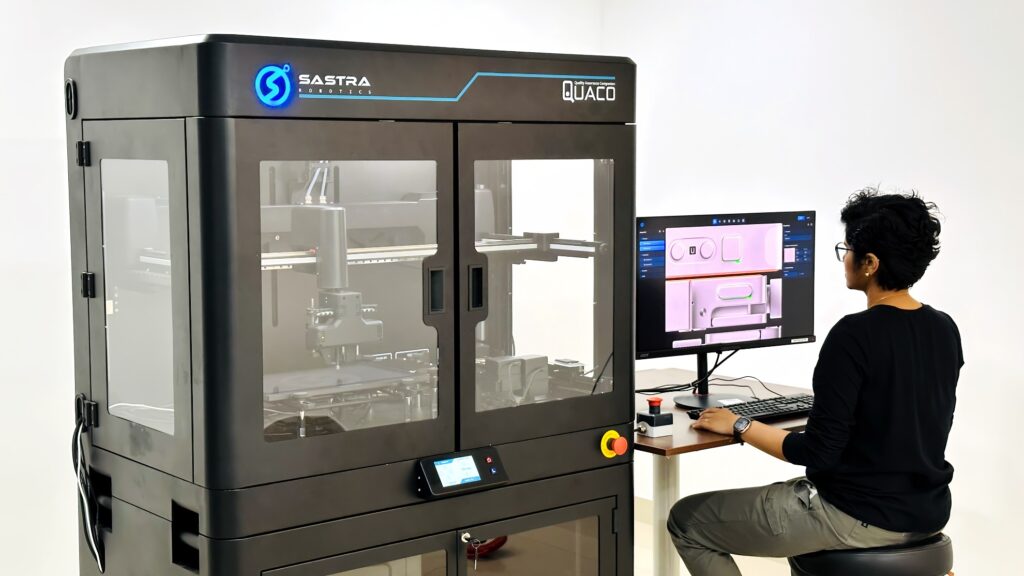Remember when quality assurance was a slow, manual process filled with trial and error? Those days are behind us!
As Reed Hastings, Former Chairman of Netflix, once said,

Technology has been the story of human progress from as long back as we know. In 100 years, people will look back on now and say: That was the Internet Age.
Today, quality assurance is an essential part of the software development lifecycle, driven by our demand for speed and reliability.
This is where regression testing comes into play. Think of it like the evolution of payment systems that keep our transactions secure.
Regression testing ensures that every update and new feature works smoothly with everything already in place. It acts as a safety net, catching any issues before users even notice. This not only boosts user satisfaction but also helps build long-term trust in the software.
The Importance of Regression Testing in the Product Development Lifecycle
Regression testing involves re-running previously completed tests on the software after updates, such as bug fixes or new features, to verify that existing functionalities remain intact. It acts as a safety measure, making sure that new product updates or changes don’t create new problems or affect how users experience the software.

In fact, studies show that Investec automated 95% of their regression suite, which significantly reduced risk across the organization and delivered three times faster time to market. This highlights the importance of effective regression testing in maintaining software reliability and improving overall efficiency.
Overall, regression testing is essential for ensuring that our software’s quality and usability remain intact as we innovate and improve.
The best part?
It lets teams deploy updates confidently, speeding up development and boosting user satisfaction. With regression testing in place, teams can focus on innovation without worrying about disrupting existing features, leading to a more reliable product and a better user experience.
Key Challenges of Regression Testing
While regression testing is crucial to the quality assurance process, it does come with its share of challenges:
Time Constraints
An increasing number of enterprises today prioritize making high-quality apps and delivering them fast. This always leads to regression testing being time-bound. Software engineers usually struggle with strict deadlines to complete the testing procedure and keep up with the time limits.
Requires More Resources
While regression tests should be run after every development iteration, justifying the time required to recreate and run these tests makes it difficult to justify regression testing in terms of resources.
Complexity
With the progression of any software development project, regression tests tend to become increasingly complicated. This could be due to the large number of test cases, processes, and functions to check, making it difficult for QA engineers to perform these tests manually without investing too much time and resources.
Optimization and Maintenance
Another challenge in regression testing is determining which test cases to execute after each code change. Likewise, maintenance is another challenge in regression testing, as the evolution of software requires the continuous growth and upkeep of the test suite, which can be very demanding at times.
Ways to Overcome Regression Testing Challenges with AI and Robotics
To overcome the regression testing challenges with AI and robotics in product testing, here are some of the effective strategies that you can employ:
1. Test Case Generation and prioritization using AI
AI in regression testing can rapidly gеnеratе and prioritize various test cases based on user data, previous information, requirements, and the code base. This algorithm’s key focus is optimizing the regression tests that a tеam may perform.

AI techniques here allow testers to create a set of regression tests and prioritize the test cases to increase both the speed and accuracy of testing.
For example, Spotify uses AI-driven tools to analyze user behaviour and historical bugs. They analyze how users interact with the app and look at past bugs to whip up and prioritize test cases automatically. This means they focus on the features that really matter, like playlists and playback. Thanks to AI, they can zoom in on the most critical parts, making updates roll out smoothly and saving tons of testing time. It’s like having a smart assistant that knows exactly what to check!
2. Automate Regression Testing Using AI and Robotics
Automating regression testing using AI and robotics improves overall process efficiency and saves a great deal of time and effort. This is simply because repetitive, manual testing might cause software professionals to get tired, thus impacting the quality of their work.

Regression testing using AI and physical robotic solutions can free up several resources for more complex tests and allow for the reuse of both test cases, thus increasing the bottom line.
For instance, take how Netflix uses AI to automate their regression testing, ensuring their streaming service runs smoothly. Their AI bots quickly check features like video playback and the user interface, catching any bugs in real-time. This allows their engineers to focus on creating new content and features instead of getting bogged down in repetitive tasks. It’s like having an assistant that never needs coffee breaks!
3. Test Gap Analysis
AI and robotics can effectively identify areas of an application impacted by recent code changes that are under-tested or not tested at all, ensuring thorough and reliable software testing.
Automated robot testing often provides the most trustworthy results. Unlike manual testing, robots can consistently simulate a variety of human interactions, making them better suited for comprehensive assessments.
4. Physical Robotic Solutions for Rapid Testing
Physical robotic solutions can make regression testing faster by taking over repetitive tasks. They can run tests quickly and accurately, reducing mistakes and letting your team focus on tougher problems that need human attention.

Such solutions make the testing process consistent, providing reliable results every time. This speed boosts software releases and improves product quality, leading to a better user experience.
Wrapping Up
Automated regression testing is vital in software development, yet it faces several challenges that can hinder effectiveness.
By using AI and robotics, you can make regression testing faster, more accurate, and cost-effective. This helps teams innovate confidently and ensures quality.
If you’re prepared to address the challenges of regression testing with innovative robotic solutions, SGBI Inc. is ready to assist. Our leading products—Quaco Vertix, Quaco Pro D, and Quaco Studio AI—revolutionize HMI testing, mobile application testing, and smart device testing.
Additionally, our solutions effortlessly integrate with your current IT services to ensure a smooth transition and maximize efficiency throughout your testing processes.
Contact us today to learn how we can enhance your regression testing process!




